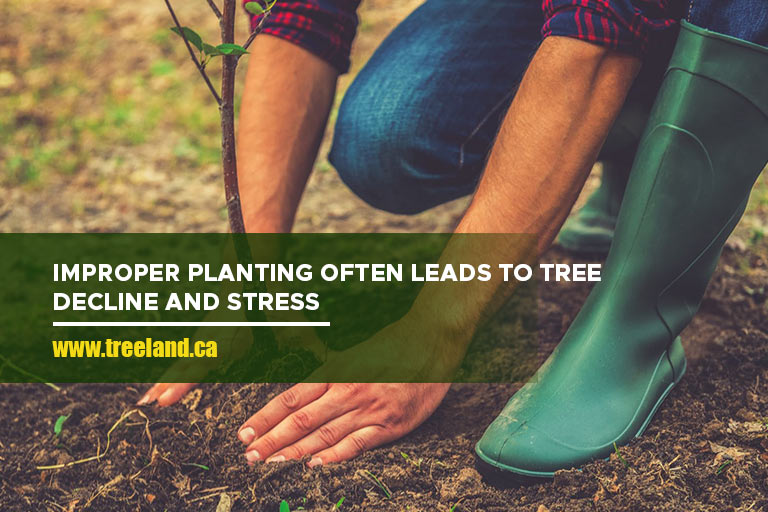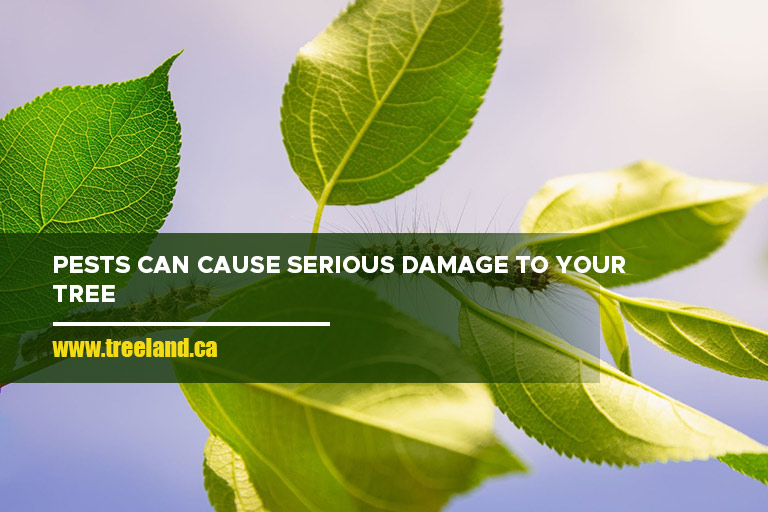Planting trees for sale in Aurora is not just about putting saplings in the ground—it’s about nurturing the future of your landscape. Each tree represents an investment in the environment, property value, and community well-being. However, this endeavour demands more than just good intentions; it requires meticulous planning and attention to detail to ensure the long-term health and success of the trees.
In this comprehensive guide, we’ll delve into common mistakes to avoid and provide essential tips for a thriving tree-planting venture. Whether you’re a seasoned arborist or a novice tree enthusiast, understanding these key principles will set you on the path to success. So let’s dig deep and discover how to cultivate a flourishing urban forest in the vibrant city of Aurora.
Choosing the Right Tree Species
Selecting the appropriate tree species is fundamental to the success of your planting project. Consider the following factors:
- Native or Well-Adapted Species
Opt for trees that are native to the Aurora region or well-adapted to its climate and soil conditions. These species are more likely to thrive and require less maintenance. Additionally, native trees support local ecosystems and wildlife populations.
- Avoiding Invasive Species
Avoid planting invasive species that can outcompete native vegetation and disrupt the local ecosystem. Check with local authorities or conservation organizations for a comprehensive list of invasive species to avoid. By choosing non-invasive species, you help preserve the biodiversity of the Aurora area.
- Local Climate and Soil Conditions
Consider the specific climate and soil conditions in Aurora when selecting tree species. Choose trees that are tolerant of Aurora’s cold winters, humid summers, and varying soil types. Conduct research or consult with local arborists to determine which species are best suited to thrive in Aurora’s unique environmental conditions.
Neglecting Proper Site Preparation
Proper site preparation is essential for ensuring optimal growing conditions for your trees. Take the following steps:
- Soil Quality Assessment
Conduct a thorough soil test to assess the quality and fertility of the soil. Soil pH, nutrient levels, and drainage characteristics can significantly impact tree growth and health. Based on the soil test results, amend the soil as needed to improve its fertility and structure.
- Clearing and Grading
Before planting, clear the planting site of debris, rocks, and competing vegetation. Properly grade the site to ensure adequate drainage and prevent waterlogging, which can lead to root rot and other issues. By creating a clean and level planting area, you provide your trees with the best possible start for healthy growth.
- Soil Amendment and Fertilization
Incorporate organic matter such as compost or well-aged manure into the soil to improve its structure and nutrient content. Soil amendment helps provide essential nutrients for tree growth and enhances soil moisture retention. Additionally, consider applying a balanced fertilizer to provide additional nutrients that may be lacking in the soil.
Improper Planting Techniques

Correct planting techniques are critical for the establishment of healthy trees. Follow these guidelines:
- Planting Depth
Ensure that trees are planted at the correct depth, with the root collar level with the soil surface. Planting too deep or too shallow can hinder root development and lead to tree stress or failure. Before planting, carefully measure the depth of the planting hole to ensure it accommodates the tree’s root system properly.
- Spacing Considerations
Space trees according to their mature size to prevent overcrowding and competition for resources. Consider the spread and height of the tree canopy when determining spacing requirements. Proper spacing allows each tree to receive adequate sunlight, water, and nutrients for optimal growth and development.
- Alignment and Support
Properly align trees with their main stems perpendicular to the ground. Provide support such as stakes or guy wires if necessary to prevent wind damage and ensure stability during establishment. Proper tree alignment promotes straight growth and reduces the risk of structural issues in the future.
Inadequate Watering and Maintenance
Proper watering and maintenance are essential for the survival and growth of newly planted trees. Consider the following practices:
- Establishing a Watering Schedule
Water newly planted trees regularly, especially during dry periods, to ensure adequate moisture for root establishment. Opt for deep, spaced-out watering over shallow, frequent sessions. This fosters robust root development and resilience to drought. Adjust watering frequency according to weather and soil moisture levels.
- Mulching
Apply a layer of organic mulch around the base of the tree to conserve soil moisture, suppress weed growth, and regulate soil temperature. Maintain a mulch-free zone around the trunk to prevent rot and pest infestations. Mulching also helps improve soil structure and fertility over time, promoting healthier root growth and overall tree vitality.
- Monitoring for Signs of Stress
Consistently observe trees for stress indicators like wilting, yellowing leaves, or dieback, which could signal watering, nutrient, or pest problems. Take swift action by adjusting watering, fertilizing, or seeking expert help as needed.
Ignoring Pest and Disease Management

Pest and disease management are essential aspects of tree care to ensure the long-term health and vitality of your trees. Take the following steps:
- Identifying Common Pests and Diseases
Familiarize yourself with common pests and diseases that affect trees in the Aurora area. Look for signs such as insect damage, leaf spots, or fungal growth. Early detection allows for timely intervention and prevents serious damage to your trees.
- Implementing Preventive Measures
Take proactive steps to prevent pest and disease problems, such as planting resistant tree varieties, maintaining proper sanitation practices, and promoting tree vigour through appropriate watering and fertilization. Regularly inspect your trees for signs of pest infestation or disease, and take preventive action as needed to minimize damage.
- Seeking Professional Help
If pest or disease problems arise, seek assistance from a certified arborist or pest control professional. They can provide accurate diagnosis and recommend effective treatment options to mitigate the issue. Professional intervention may be necessary for severe infestations or diseases that pose a threat to tree health and survival.
Lack of Long-Term Care Planning
Long-term care is essential for ensuring the continued health and vitality of your trees as they mature. Consider the following practices:
- Developing a Care Plan
Create a comprehensive care plan that outlines regular maintenance tasks such as pruning, fertilizing, and pest monitoring. Tailor the plan to the specific needs of each tree species and site conditions. A well-designed care plan ensures that your trees receive the necessary care and attention to thrive over the long term.
- Monitoring Growth and Development
Regularly monitor tree growth and development to identify any potential issues, such as root encroachment, structural defects, or nutrient deficiencies. Adjust care practices as needed to promote healthy growth and address emerging issues before they escalate. Keep detailed records of your observations and interventions to track the progress of your trees over time.
- Staying Informed
Stay informed about current best practices and emerging issues in tree care through continued education and professional development. Attend workshops, seminars, or webinars offered by local arboricultural organizations to expand your knowledge and skills. By staying up-to-date on the latest research and techniques, you can provide the best possible care for your trees and anticipate future challenges.
Avoiding common mistakes when planting trees for sale in Aurora is essential for the success of your tree-planting venture. By carefully selecting the right tree species, properly preparing the planting site, using correct planting techniques, providing adequate water and maintenance, managing pests and diseases, and planning for long-term care, you can ensure the health and vitality of your trees for years to come.
For expert advice and high-quality trees for sale in Aurora, contact us at Caledon Treeland at 905-880-1828. Our team is dedicated to helping you create beautiful and sustainable landscapes with our wide selection of trees. Whether you’re a homeowner, landscaper, or developer, we have the expertise and resources to support your tree-planting projects and achieve your landscaping goals. Invest in the future of your property with our premium trees and professional guidance.

